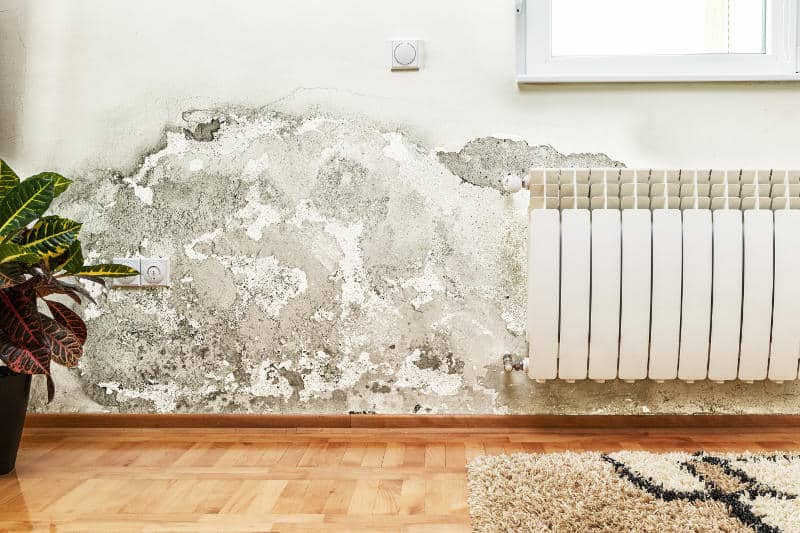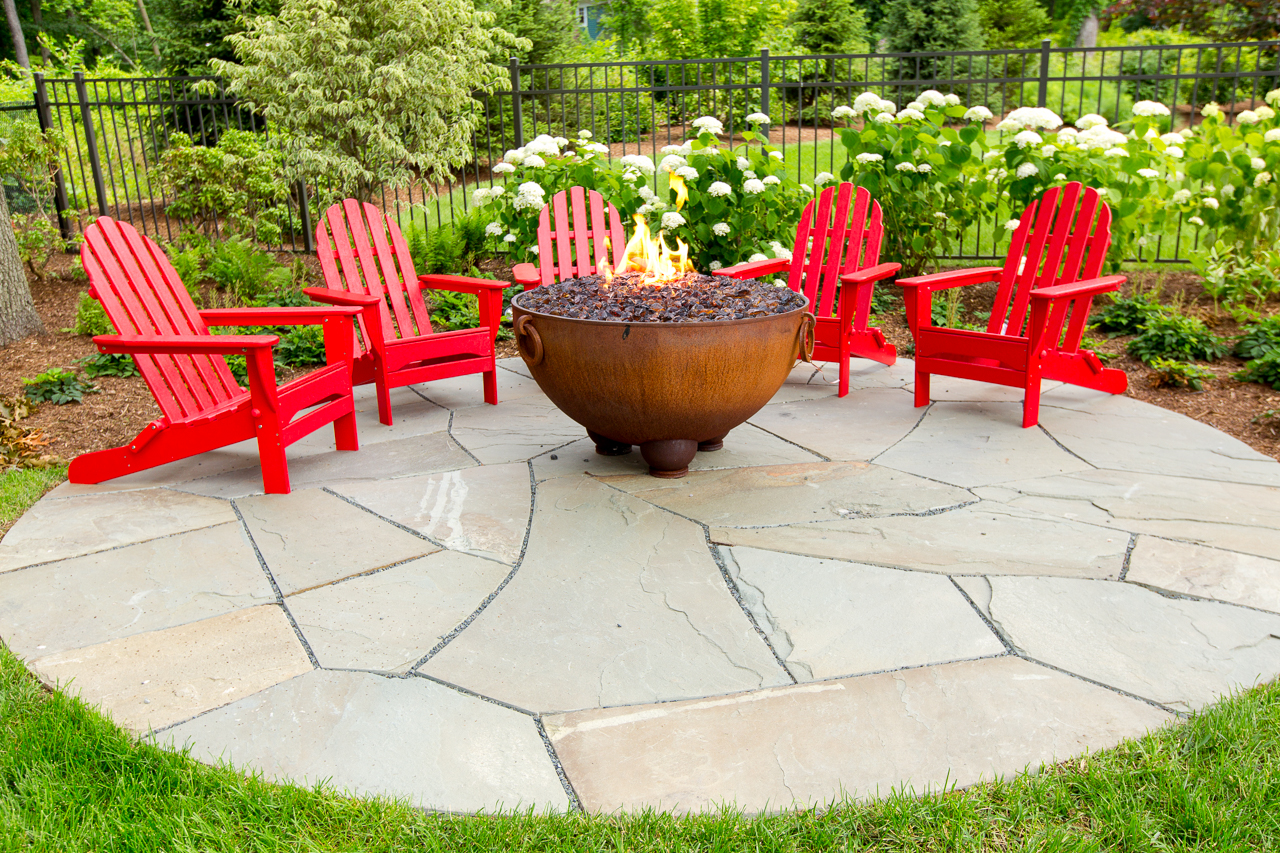When water unexpectedly floods your home, panic can take over fast. You might rush to grab towels or plug in a fan, but sometimes those instincts can make the situation far worse. Water damage is deceptive. What looks like a surface issue can actually seep deep into floors, walls, and insulation, weakening your home’s structure and inviting mold growth. Acting too quickly without the right precautions can lead to expensive mistakes that are easily avoidable.
It is important to take a calm, informed approach in those first few hours. Knowing what not to do after water damage is just as critical as knowing what to do. This guide covers the biggest mistakes homeowners make and how to avoid them before calling in a professional restoration company like Quick-Dry Flood Services of San Diego.
Don’t Touch Electrical Devices or Outlets
After a water incident, one of the first things people often try is to turn on lights, fans, or other electrical appliances to help dry out the space. Unfortunately, that can be extremely dangerous. Water conducts electricity, and if there is any moisture in walls or near outlets, you could end up getting shocked or starting a fire.
Before touching anything that plugs into a wall, make sure the main power supply is shut off. If the water level is high enough to reach electrical outlets, avoid entering the area altogether. Wait until an electrician or restoration expert inspects your system and confirms that it is safe to reenter.
Avoid Walking Through Contaminated Water
Standing water might seem harmless, but it can hide a cocktail of bacteria, chemicals, and debris. Floodwater that enters from outside or from a broken sewer line is particularly hazardous. Even clear water can become contaminated within hours as it sits and stagnates.
Exposure to this water can lead to skin irritation, infections, or respiratory problems. Wear waterproof boots and gloves if you absolutely must walk through it, and never let pets or children near the affected area. Contaminated water should be handled only by trained professionals who have the equipment and protective gear to deal with it safely.
Don’t Assume It’s Just Surface Damage
One of the most common mistakes homeowners make is thinking that once the visible water is gone, the problem is solved. Unfortunately, water damage often hides beneath the surface. Moisture can become trapped under flooring, inside drywall, and behind baseboards, creating the perfect environment for mold and rot to develop.
Ignoring hidden water can cause long-term damage that will cost far more to fix later. Even if you manage to soak up the standing water yourself, schedule a professional inspection to check for structural damage and lingering moisture. Specialized drying equipment and moisture meters can detect what the eye cannot see.
Don’t Delay Pipe Repairs or Quick Fixes
If a burst pipe or loose connection caused your water problem, it can be tempting to tape or seal it temporarily and hope for the best. However, patching the issue without addressing the root cause often leads to repeated leaks and more serious damage later.
Water lines and fittings can weaken over time, especially if corrosion or pressure fluctuations are involved. It is smarter to replace damaged sections immediately or bring in a plumber to do it right. Investing in proper materials and tools helps prevent future incidents. You can find high-quality pipe repair clamps and couplings at the http://www.store.blairsupplyusa.com/ website, which can be a valuable resource when tackling plumbing maintenance or emergencies.
Don’t Leave Belongings to Sit in Moisture
Every minute counts when it comes to saving your furniture, electronics, and personal items. Leaving them in damp conditions allows mold to grow and wood to warp. Even fabrics that feel only slightly wet can quickly develop unpleasant odors or stains that are difficult to remove.
Start by moving unaffected items to a dry room. For anything that is soaked, avoid using a hairdryer or heater to dry it out, as high heat can cause materials to shrink or crack. Instead, use gentle airflow from a safe distance once professionals confirm the area is clear of electrical risks.
Don’t Rely Solely on Household Fans
While household fans might seem like a good idea, they are rarely strong enough to dry a water-damaged area completely. Airflow from small devices only affects surface moisture, leaving deeper layers damp. This creates a false sense of security, leading homeowners to believe everything is fine when it is not.
Professional drying equipment is designed to move large volumes of air while also removing humidity from the environment. These tools work together to prevent secondary problems like mold or mildew. Calling for professional help ensures that every layer, from the carpet padding to the drywall, gets properly dried and treated.
Don’t Forget About Air Quality
Water damage does not just affect what you can see. It also changes what you breathe. Damp environments encourage mold spores and bacteria to multiply quickly. Even after the water is removed, airborne contaminants can linger for weeks.
To protect your indoor air, use air purifiers or dehumidifiers to keep moisture levels under control. Open windows only if the outside air is less humid than the air indoors. If there is a musty smell, it usually indicates microbial growth, which means it is time for professional remediation.
Don’t Wait Too Long to Get Help
Water damage is one problem that gets worse the longer you wait. Within 24 to 48 hours, mold can start to form, and materials like drywall or insulation can begin to deteriorate. Acting fast can mean the difference between a minor cleanup and a full-scale renovation.
Even if the damage looks small, it is worth getting expert advice. Restoration professionals can assess the situation, identify risks, and recommend a safe, effective plan. They also have specialized equipment for drying, cleaning, and sanitizing that most homeowners do not have access to. The faster you respond, the more likely you are to save your flooring, furniture, and overall home structure.
Wrapping It Up
Dealing with water damage is stressful, but understanding what not to do can prevent that stress from turning into a disaster. Avoiding common mistakes like touching electrical devices, walking through contaminated water, or delaying repairs helps protect both your home and your health. Remember that quick action and professional help make all the difference when trying to restore your space safely.
By staying calm, thinking strategically, and avoiding shortcuts, you can minimize damage and get your home back to normal faster. When the situation calls for expert attention, reaching out to trusted restoration professionals ensures the job is handled correctly from start to finish.





